Bvlgari at the Passione Engadina: a Rally dedicated to the Beauty of Italian Sports Cars
Stunning Italian cars, beautiful mountain roads and the smell of petrol and oil.
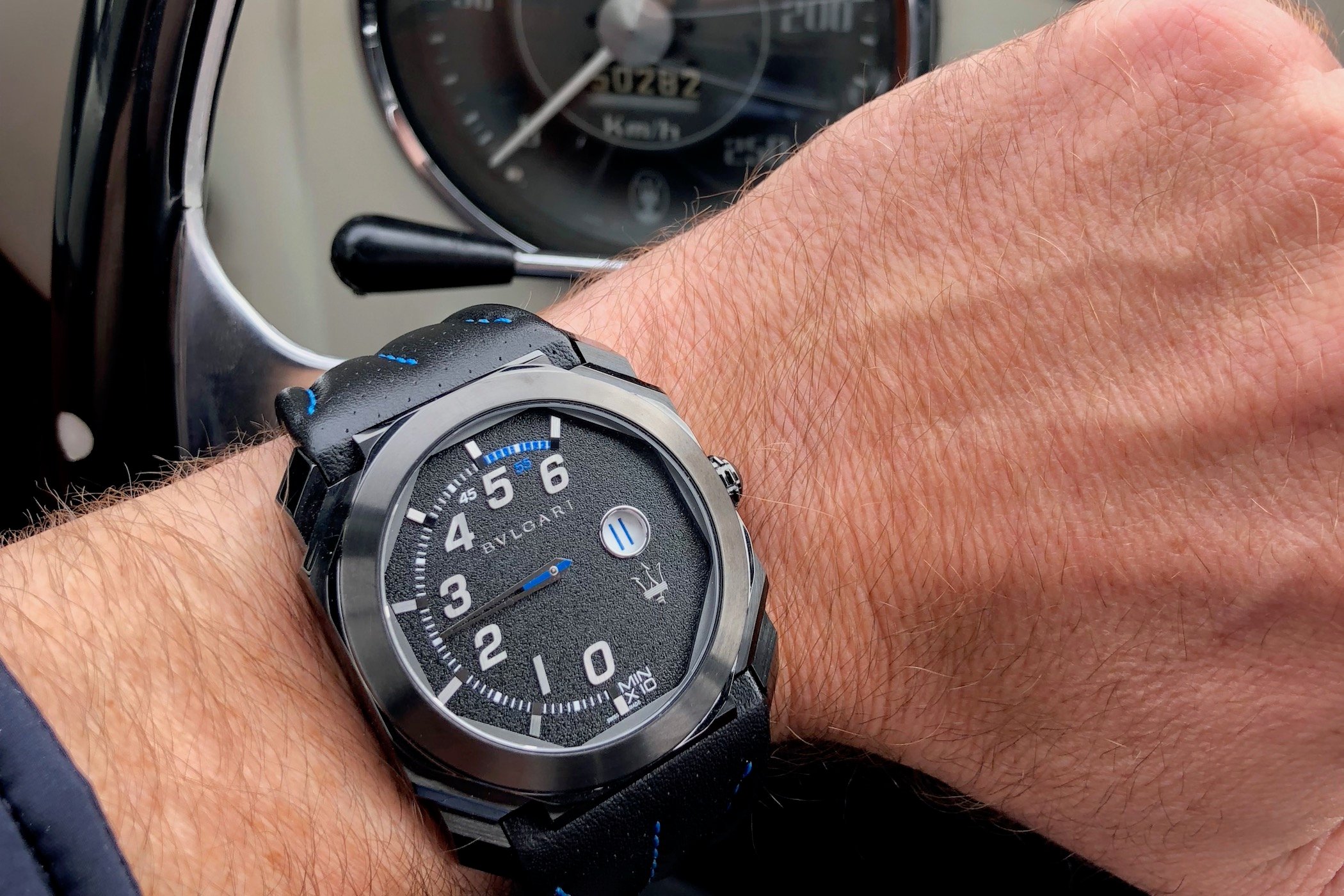
The Alps – a large mountain range stretching 1,200 kilometres from France, across Switzerland, Italy, Monaco, Liechtenstein, Austria, Germany, all the way to Slovenia – are known for some of the most beautiful roads in the world. That was the setting for Passione Engadina, a rally dedicated to the beauty of Italian sports cars. This year, Maserati was the brand in focus and another Italian brand, Bvlgari, crafted a series of watches for Maserati. Logically Bvlgari teamed up with the Passione Engadina to celebrate the beauty of style, motorsports and Italian design. Together with Guido Terreni, Bvlgari’s director of watches, I spent a day in a classic Maserati 3500GT from 1961 to drive on the challenging, but also breathtaking, mountain passes and we talked watches and cars.
I’m certainly not a car expert, or wouldn’t even call myself a serious petrolhead, however, my heart beats faster when I see (and hear) a nice car. Small modern cars, that look like shoeboxes and come with a very small turbocharged engine, are probably very practical but don’t do it for me. If that’s the future of automobiles, I strongly prefer a self-driving electric vehicle…
I appreciate the days when coachbuilders (read more about coachbuilders here at Wikipedia) designed and crafted (by hand) the most stunning cars ever made. Think of legendary coachbuilders like Gruppo Bertone, Giugiaro, Carrozzeria Pininfarina or Carrozzeria Touring and the magnificent cars they created.
When I first met with Fabrizio Buonamassa Stigliani, director of Bvlgari’s watch design centre, he told me about the love Italians have for beauty. How they are surrounded by beauty, always and everywhere, and how beauty has become a way of life. Beauty is everywhere… as long as you can see it. And with the cars participating in the Passione Engadina, the setting of St. Moritz and the surrounding Alps, it was extremely hard to ignore all of that.
Together with Guido Terreni, Bvlgari’s managing director of watches, we drove in a Maserati 3500 GT from 1961. This beauty was designed by Carrozzeria Touring and was produced, or better said ‘manufactured’, from 1957 to 1964. The 3,5L six-cylinder (straight six) engine produced more than 230 bhp and came with a 5-speed manual box. Lots of power for a car from that time! Mind you, the brakes and everything are very different from today’s cars.
Guido drove the first few hours of the day while I read the road book to guide us to the next destination. That was often a short ‘regularity test’ in which you have to drive at an exact speed for a specific distance. Since the speedometer in a classic car does not have the necessary precision for a regularity test, it’s a game of timing as the road book mentions exactly in how many seconds you get for each short distance. You can drive too fast, or too slow, so it comes down to being as close as possible to the given speed/time you have for a specific distance.
Later in the morning, after we experienced what fog in the mountains can mean (visibility of max. 2 metres, an old car with less responsive brakes than we are accustomed to today, very curvy mountain roads and no clue how deep the cliff next to the road is), I took the steering wheel. I haven’t driven in an old/classic car for a long time; it’s at least 20 years ago since I got behind the wheel of a car with a very large steering wheel, “different” brakes and a clutch and manual gear that don’t function as smoothly as modern ones. After the first few minutes of feeling slightly uncomfortable behind the wheel, I got the hang of it and after ten minutes of driving, I was enjoying it a lot. When you realise that this stunning 1961 Maserati (it’s a piece of art) with more than 230 bhp was actually (relatively) easy to handle and had an impressive torque to drive over the high mountain roads like, it didn’t cost any effort.
A well-designed product, whatever it may be, is something that lasts. Of course, these need to be maintained, serviced, and get some love. That’s why today we can still enjoy the beautiful cars of yesteryear. It’s all mechanical, it can be repaired, it can be maintained. That’s not possible with old electronics. It’s the same with vintage watches; if you look after them well, they can run for a lifetime or more. Similarly for future classics, although in the world of automobiles, with the increasing amount of electronics, I’m kind of wary how these will age in a few decades. Luckily with mechanical watches, there are no electronics involved and we will be able to enjoy these in 30, 40 or 50 years from now, and if they are well looked after, also in a hundred years from now.
It was great to see that so many owners of these beautiful cars took the time to drive their cars to St. Moritz and participate in the rally and the Concours d’Elegance that was held the next day. Kudos to the entire organisation of the Passione Engadina for an absolutely brilliant event.

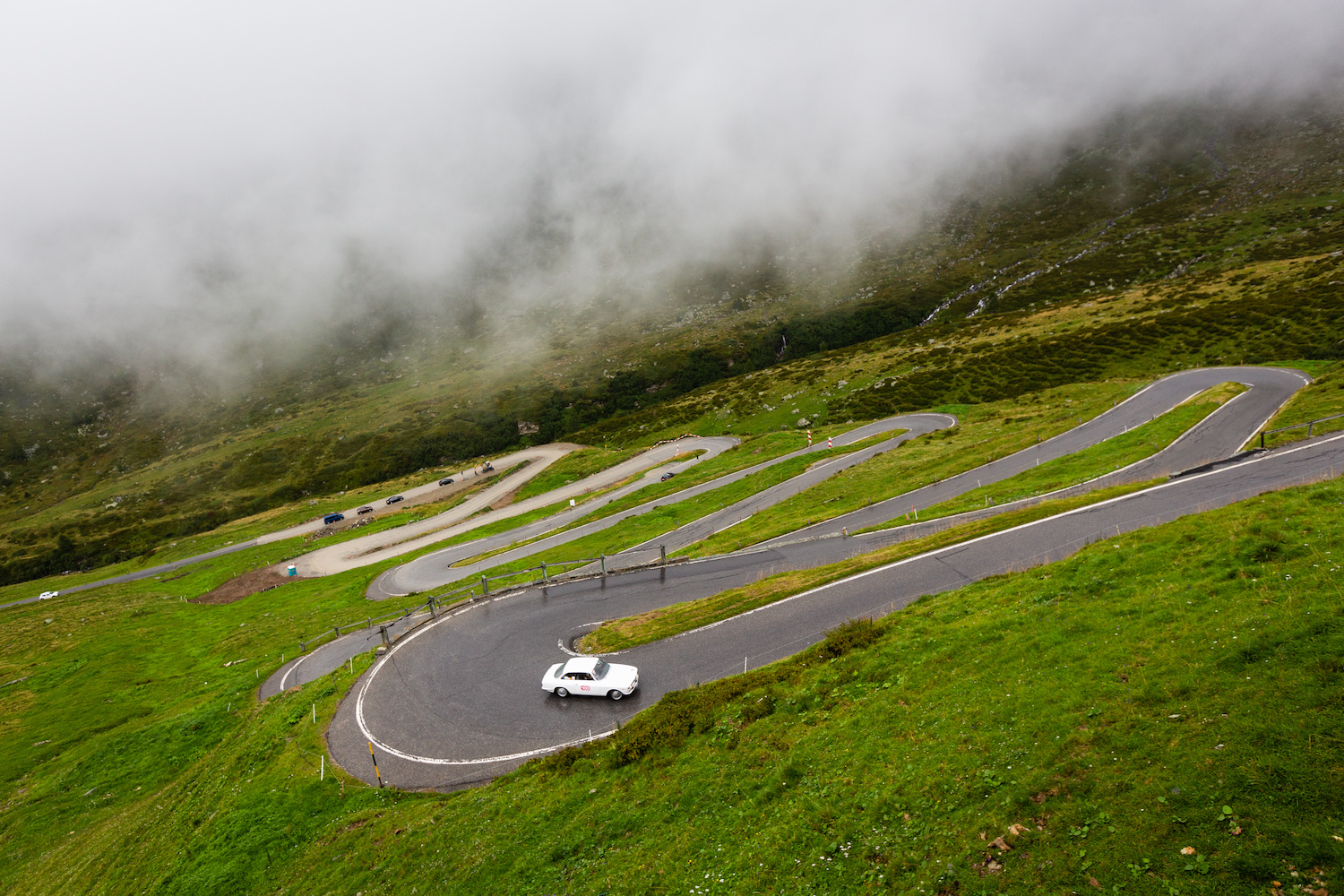
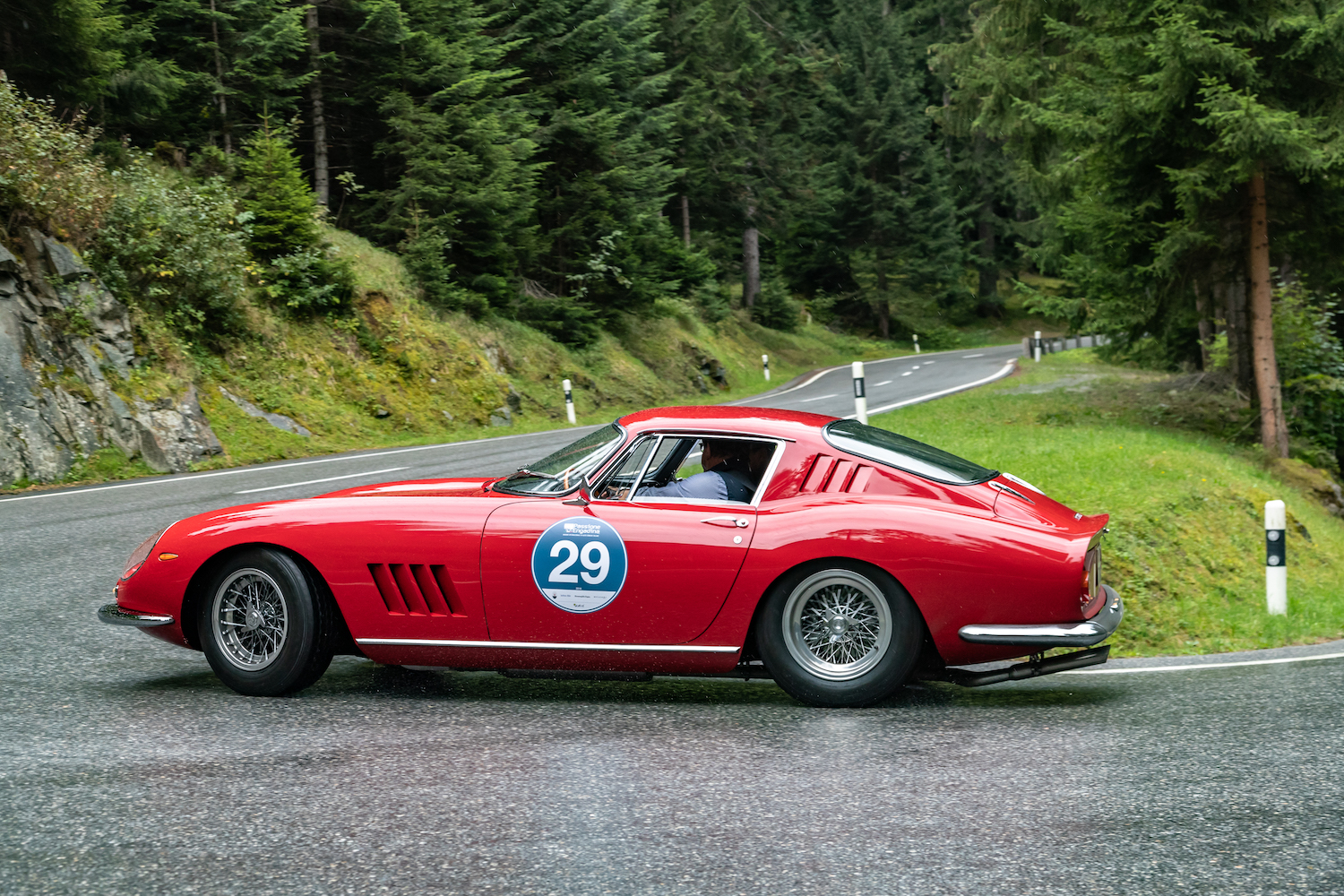
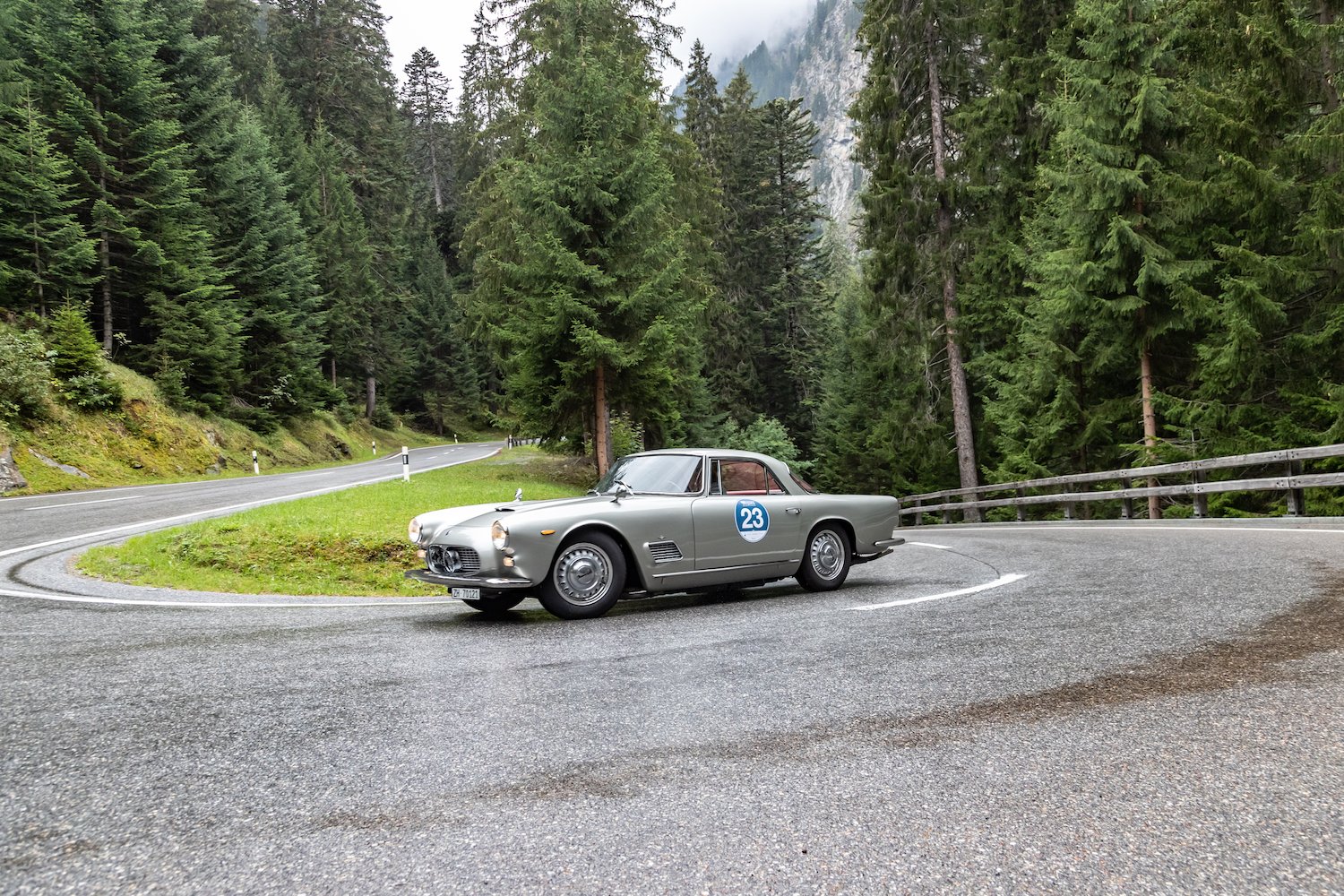
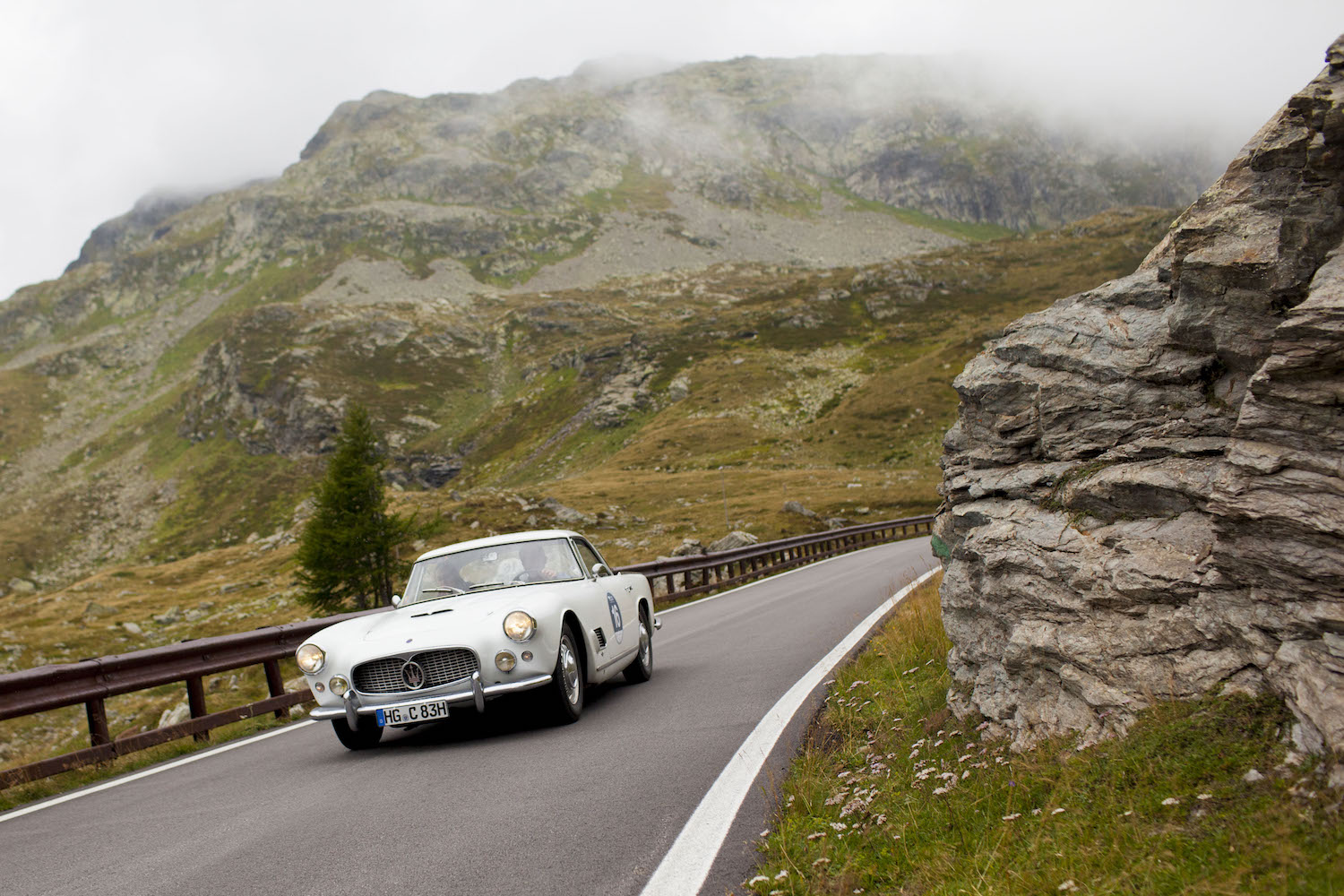
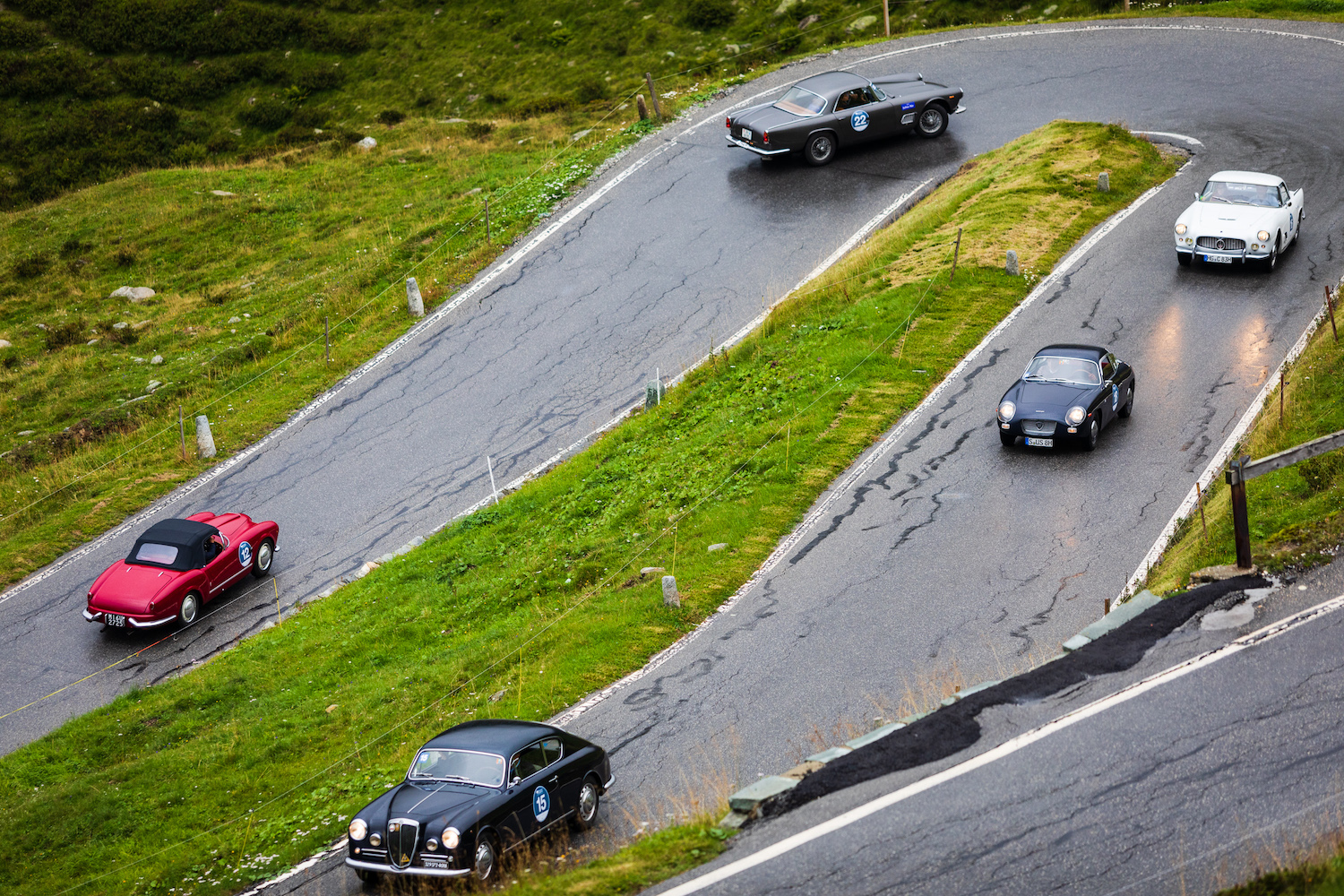
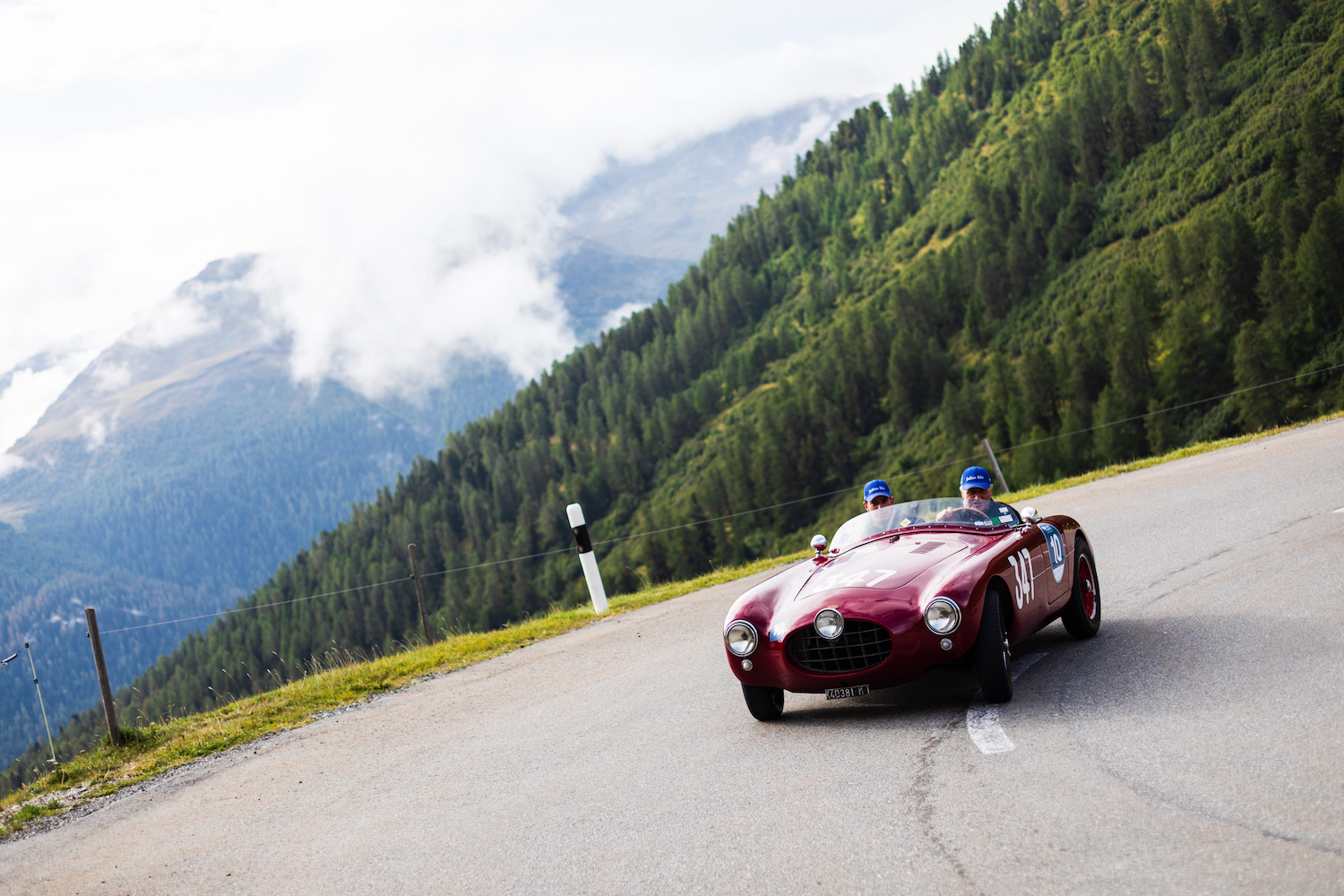
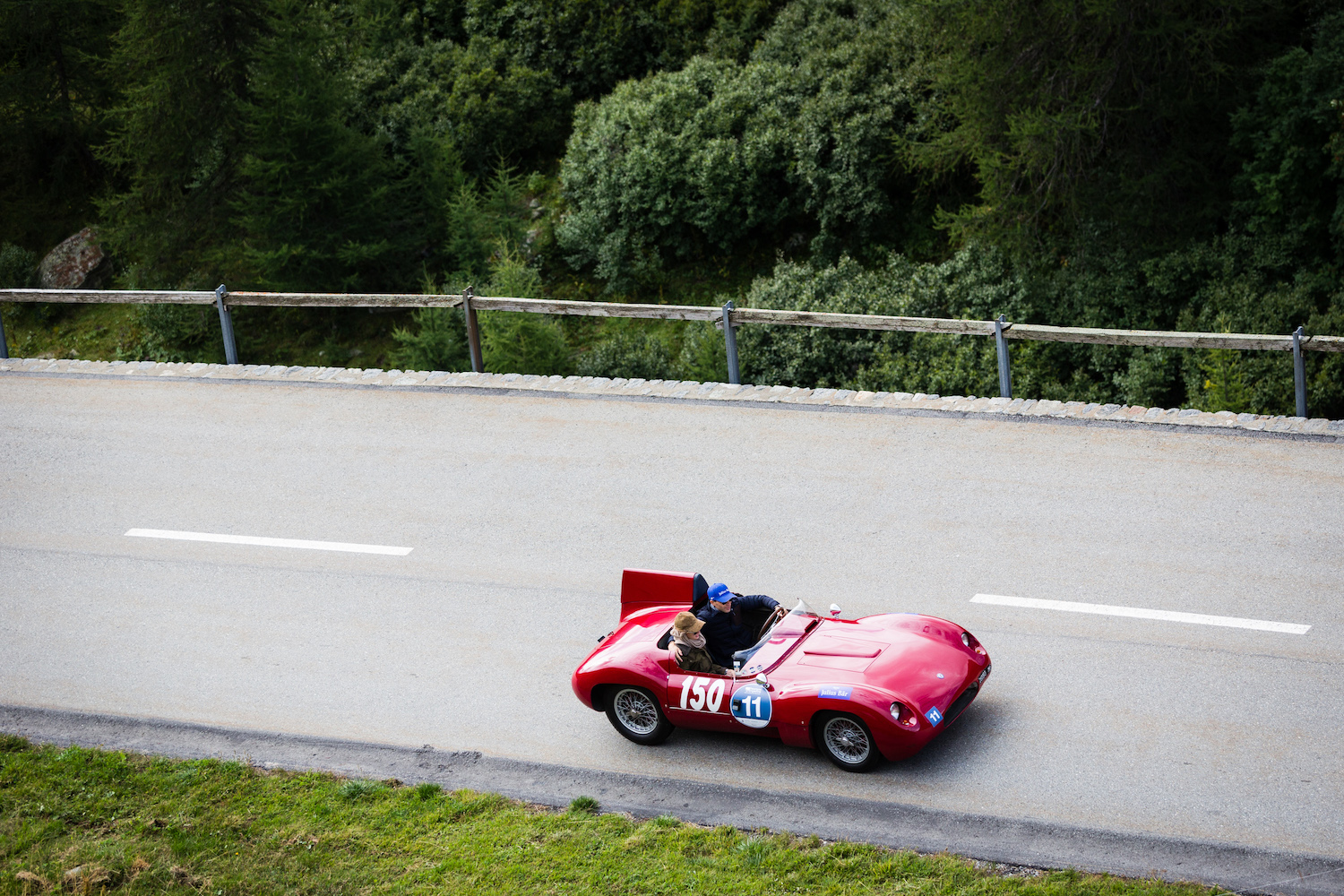
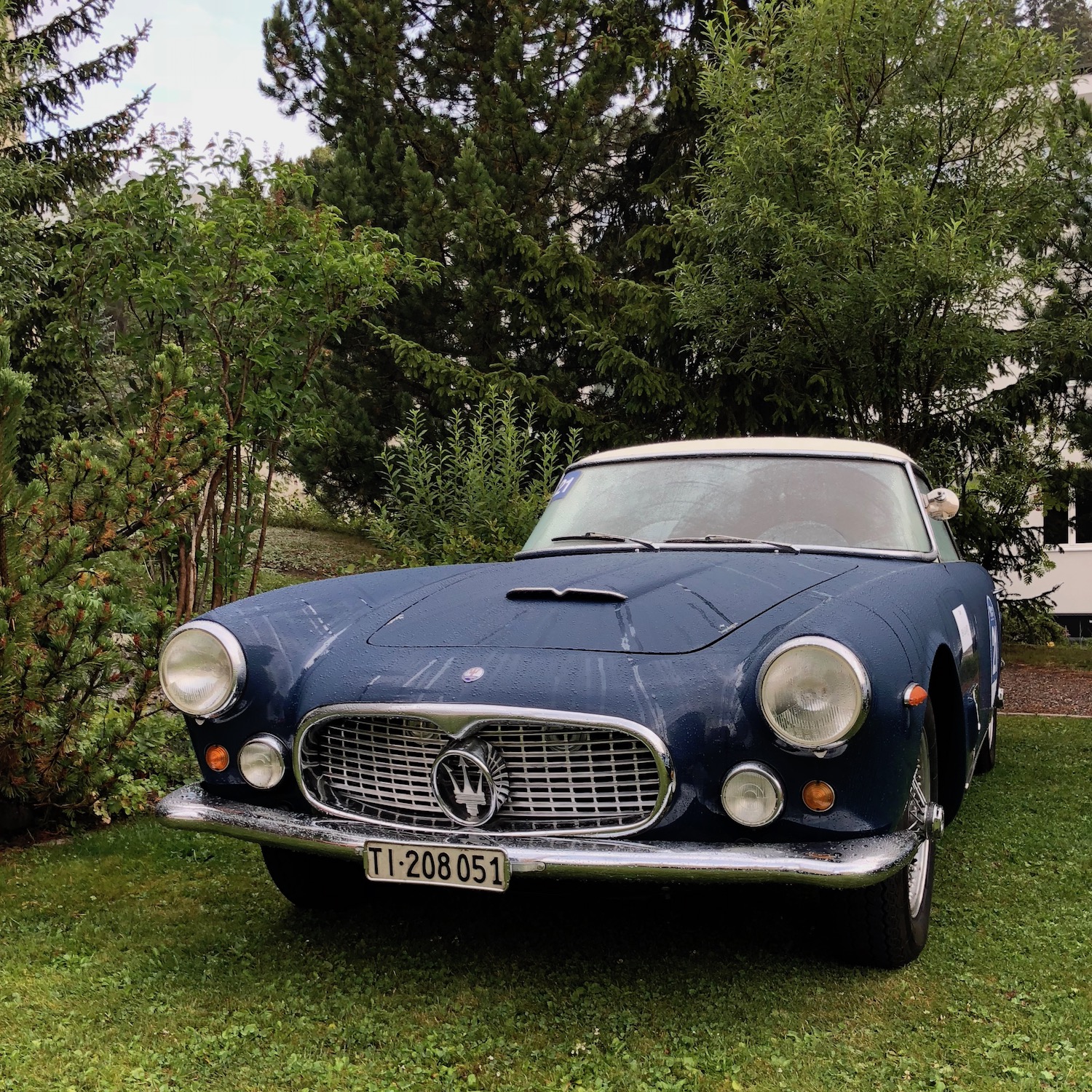
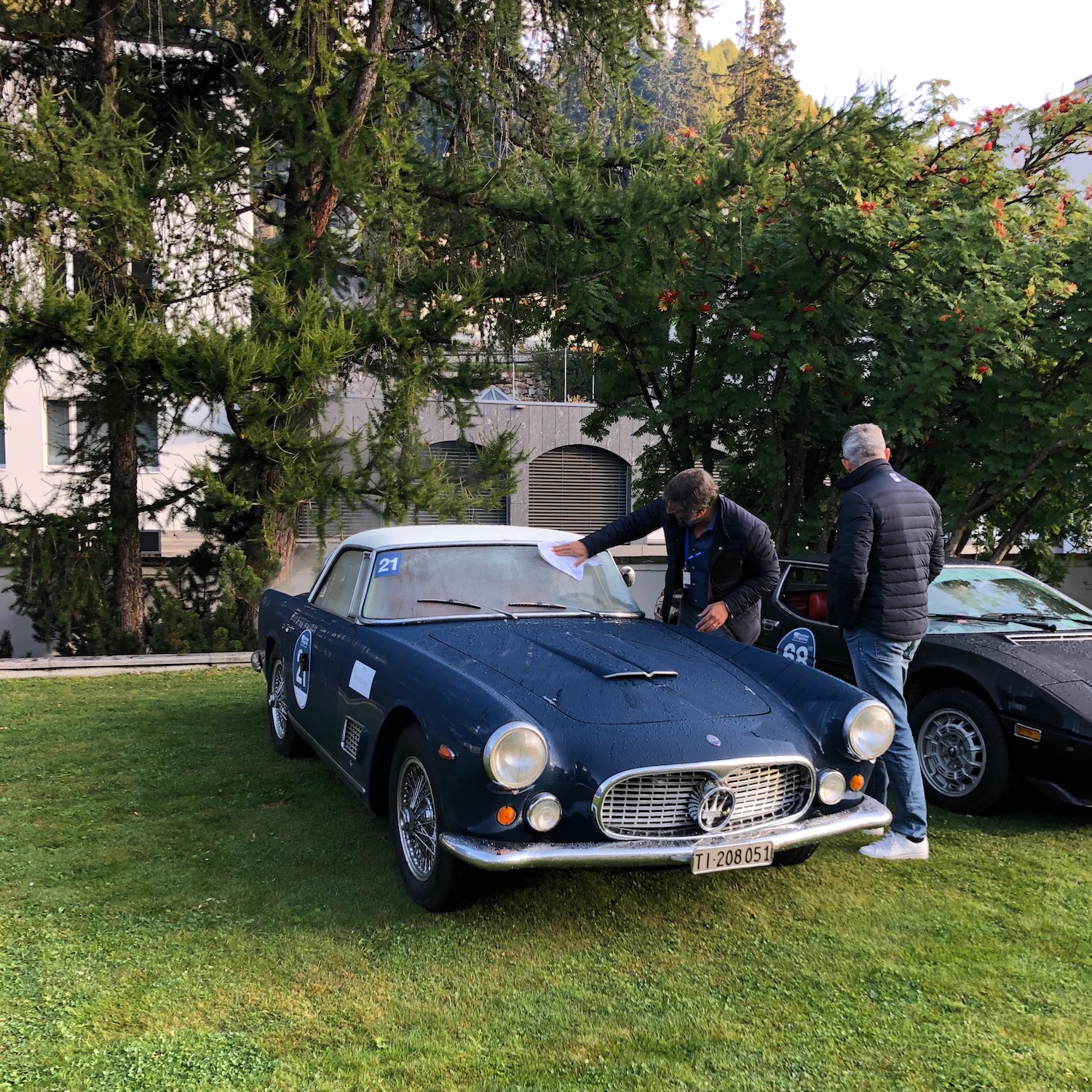
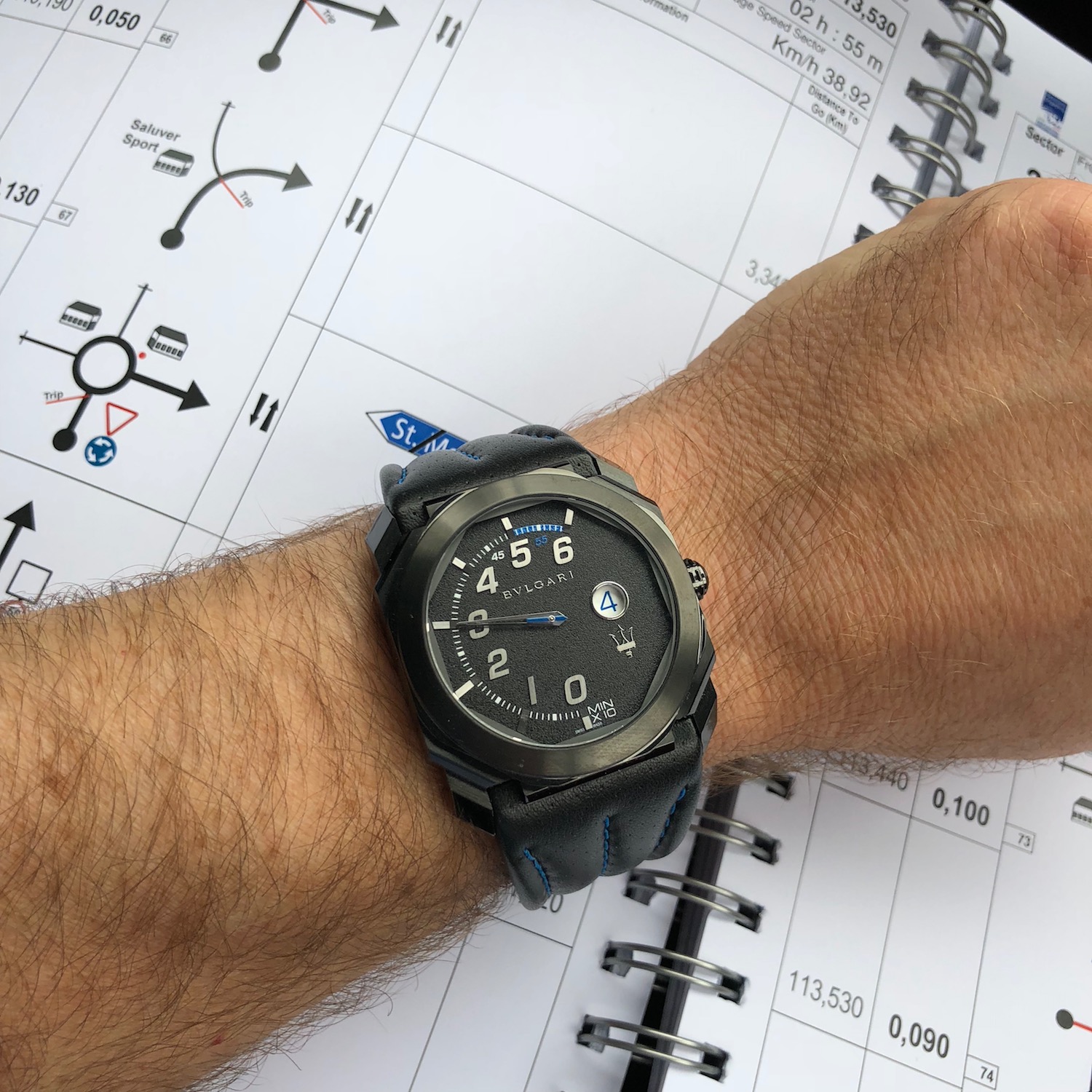
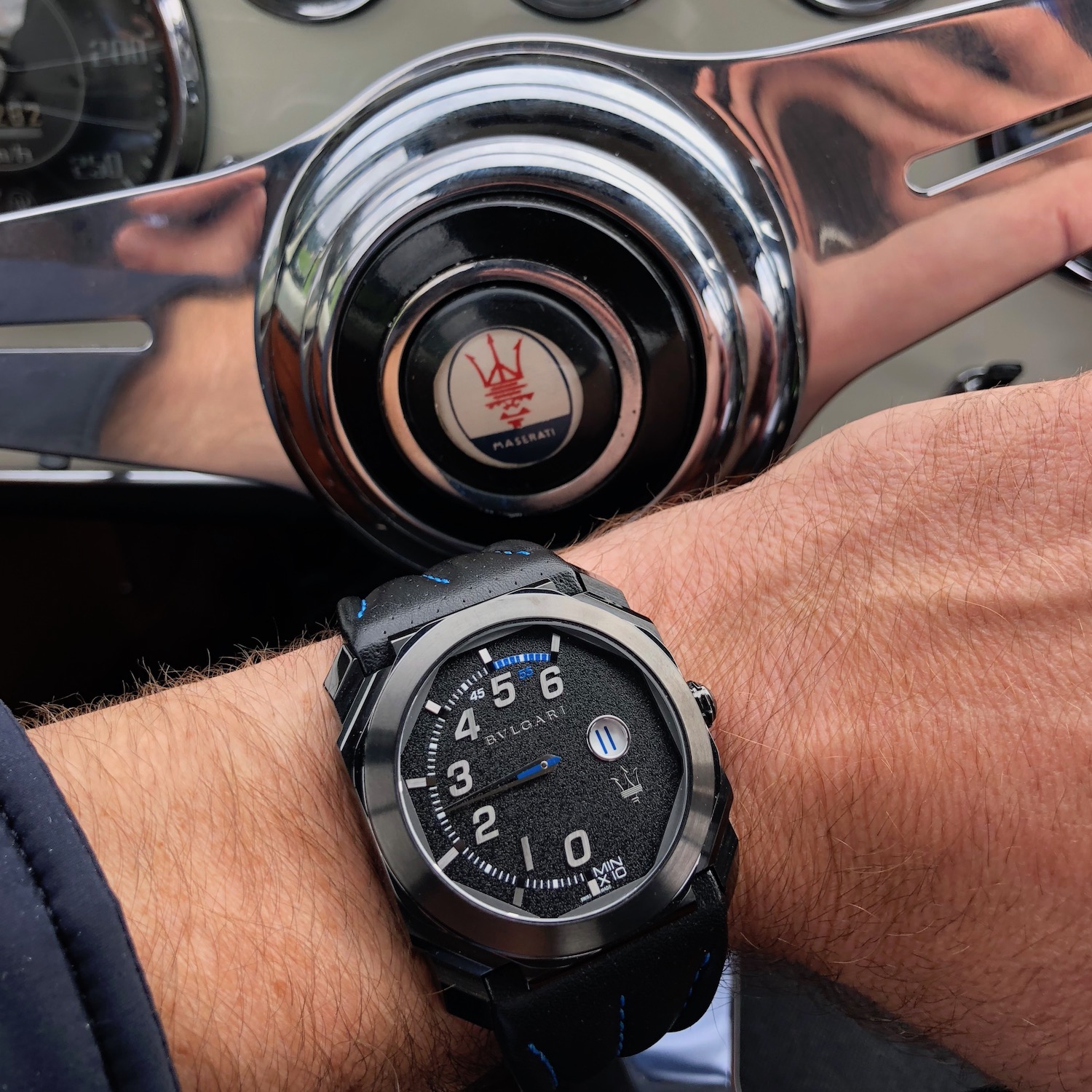
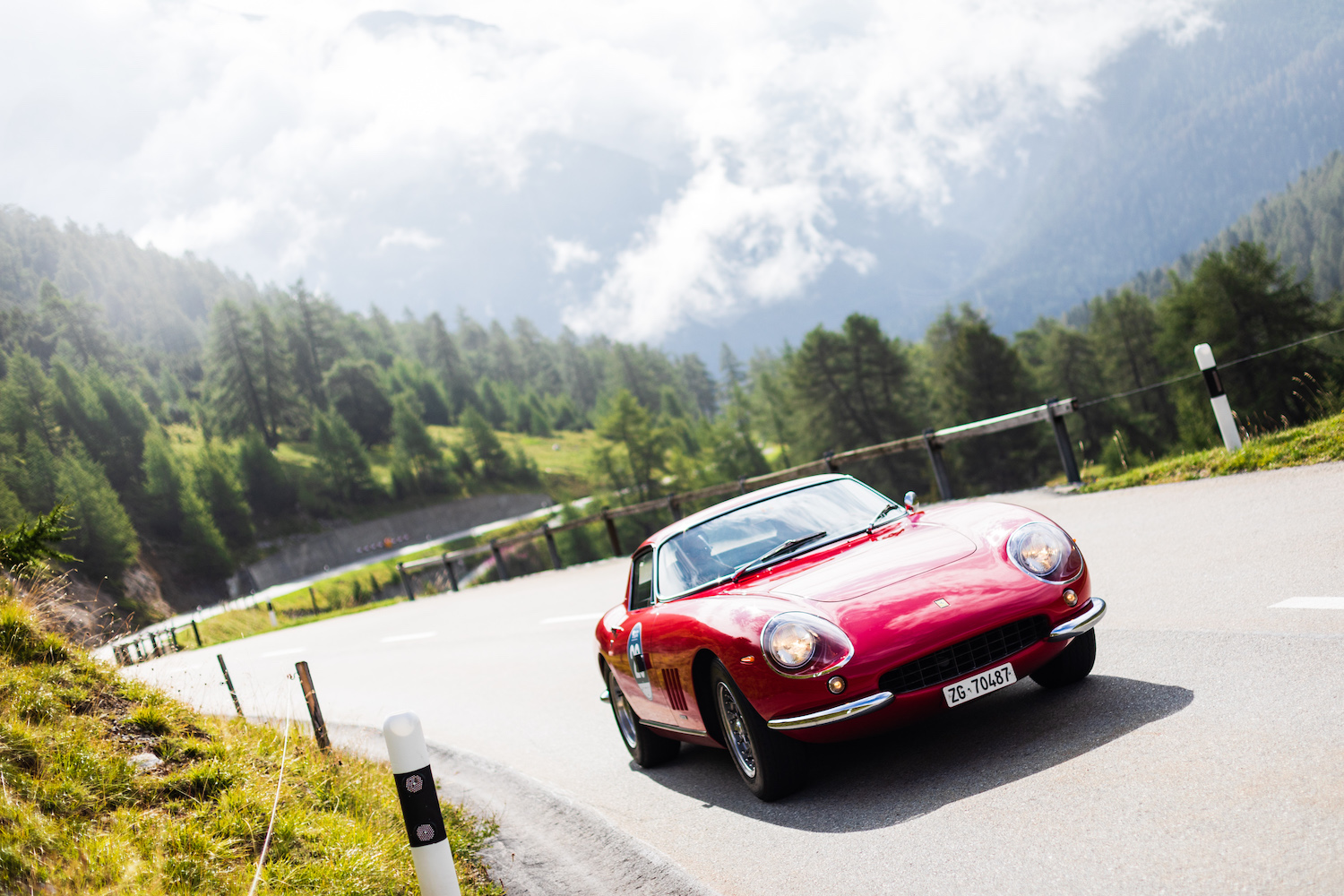



1 response
Thing is, the “works of art” involved in that drive were the best from that era. You really think a Bugatti Chiron is a characterless shoebox? Of course you don’t. Neither is an F12, 918 or P1.
Vintage cars are Commodore 64s compared to the best we can do now.
That being said, the watch itself looks like it was a freebie that came with a Honda Civic. But then, it is a Bulgari. Vulgar is almost their name.